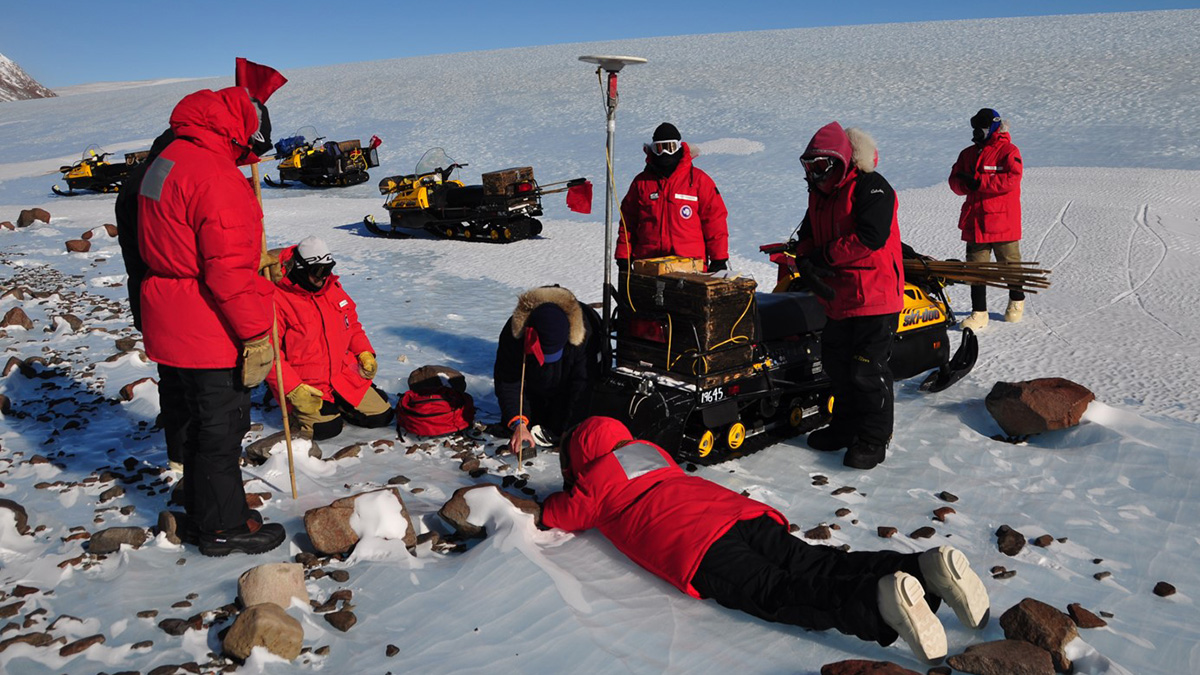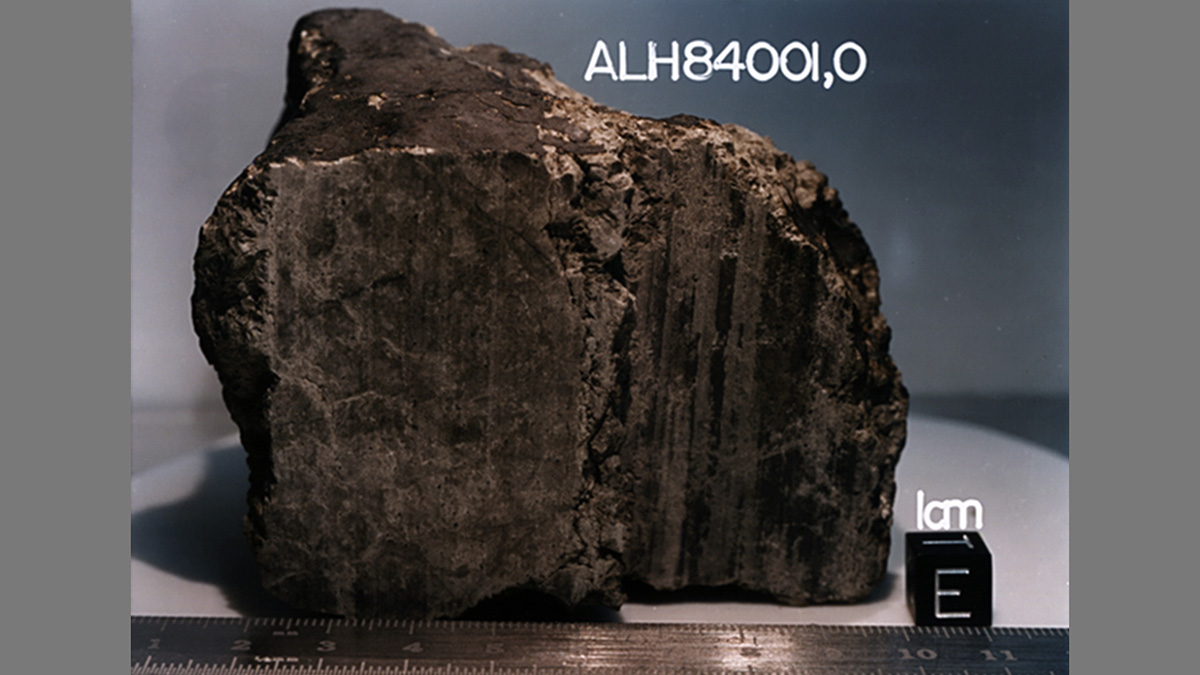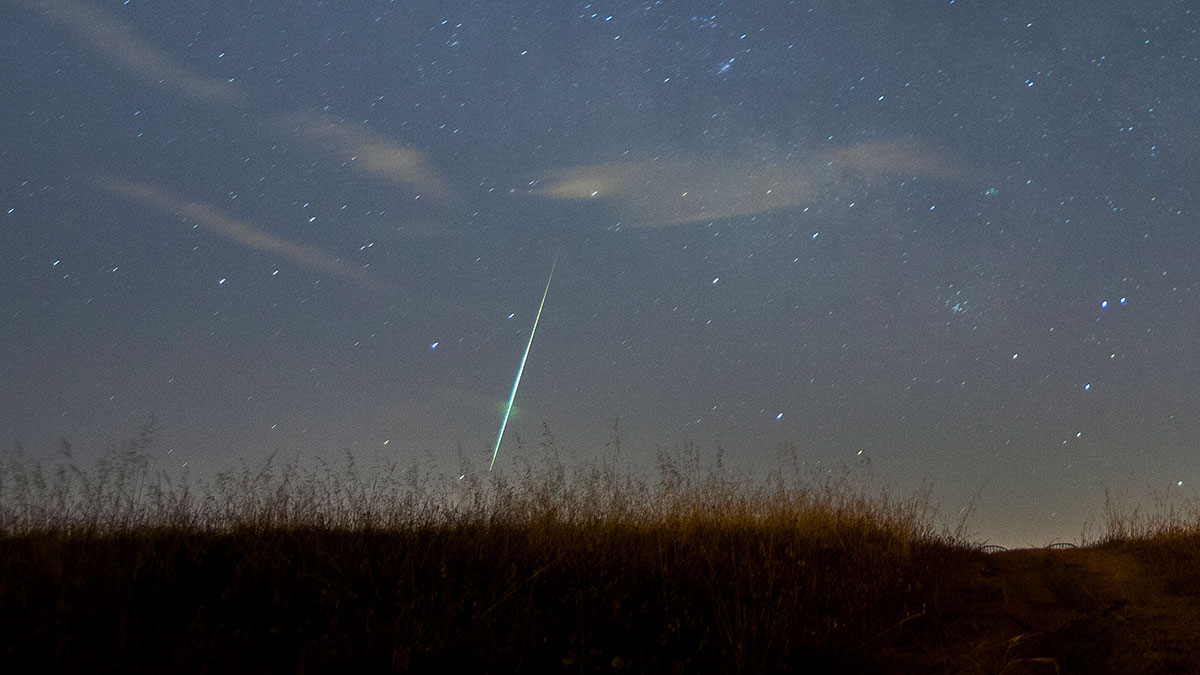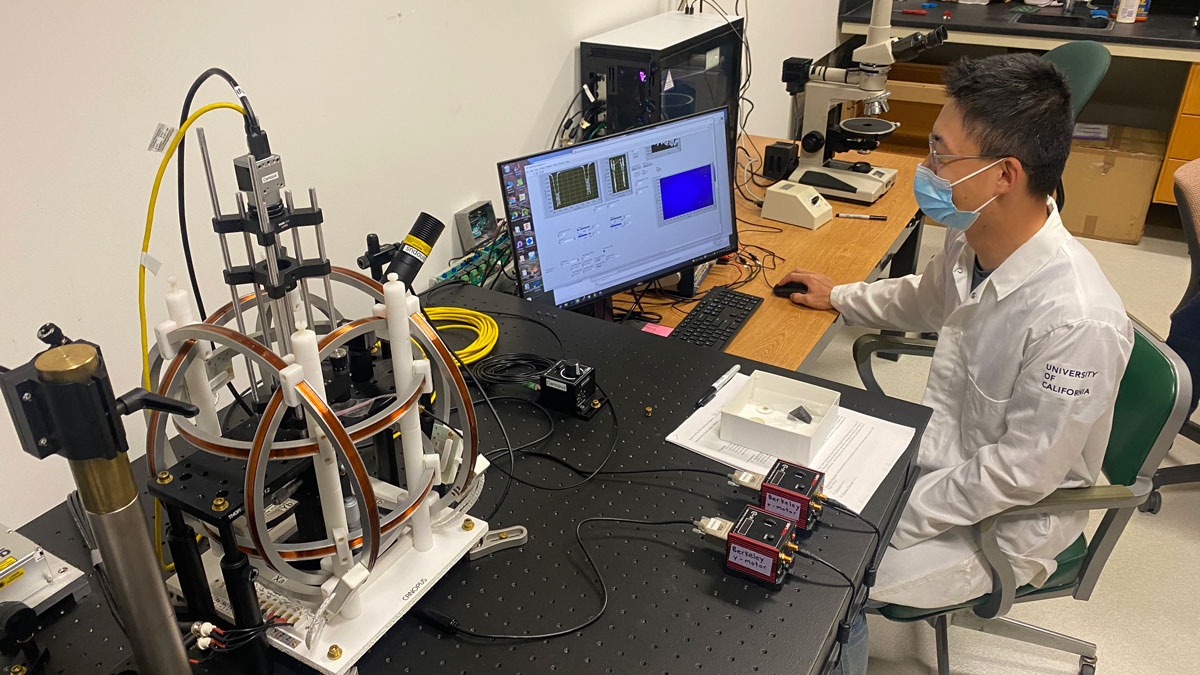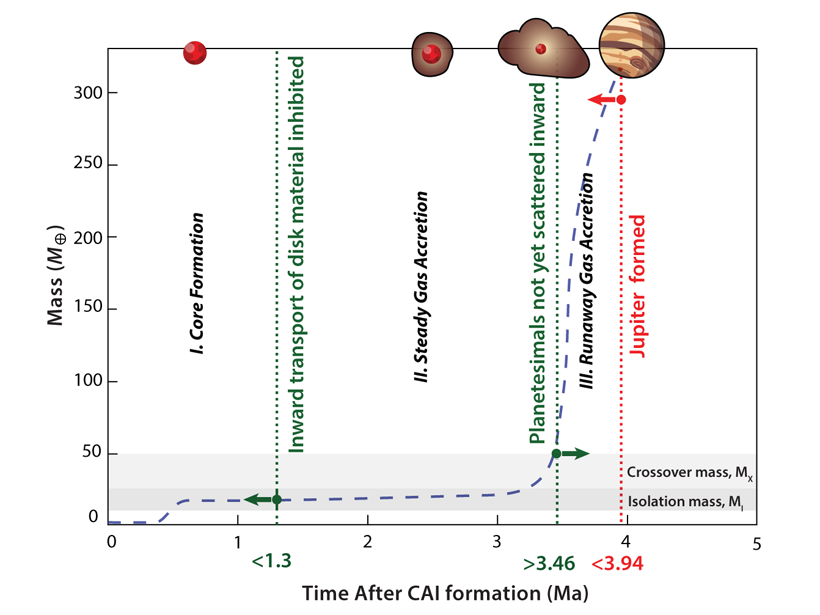By analyzing rare Martian meteorites, researchers have uncovered a crystalline structure created by a large asteroid or comet impact that potentially affected the Red Planet’s habitability.
meteors & meteorites
Machine Learning Pinpoints Meteorite-Rich Areas in Antarctica
A new algorithm suggests that only a small fraction of meteorites present on the White Continent’s surface have been recovered to date.
A New Explanation for Organics on a Mars Rock That Fell to Earth
Organic molecules on a Martian meteorite have fueled nearly 30 years of scientific debate. New evidence suggests they were formed by Martian processes, offering more support for a once habitable environment on the Red Planet.
Data from Satellites Help Uncover Exploding Meteors
By using data from two lightning-spotting satellites, researchers measure explosions of thousands of small meteors and create a database that could help the planetary defense community.
Diamonds Are a Paleomagnetist’s Best Friend
Typical paleomagnetic measurements average a sample’s signal. The quantum diamond microscope helps scientists make micrometer-scale maps of magnetism, showing where a sample locked in its magnetic signatures.
Ejecta Discovered Near Site of Ancient Meteorite Impact
South Africa’s Vredefort impact structure is the largest on the planet, and researchers have now discovered the first proximal ejecta possibly deriving from the cataclysmic impact.
Glassy Nodules Pinpoint a Meteorite Impact
Researchers working in Chile’s Atacama Desert have collected thousands of “atacamaites” that suggest a meteorite struck the region roughly 8 million years ago.
A Remarkably Constant History of Meteorite Strikes
Researchers dissolve chunks of the ancient seafloor to trace Earth’s impact history and find that colossal clashes between asteroids don’t often trigger an uptick in meteorite strikes.
Fingerprints of Jupiter Formation
Meteorite isotopes, meteorite paleomagnetics, and planet formation models collectively show Jupiter formation via first slow then fast collection of material by core accretion in <5 million years.
Martian Meteorites Shed Light on Solar System’s Early Dynamics
Chemical compositions of rocks from Mars indicate that the earliest orbits of Jupiter and Saturn were more circular than they are today.


